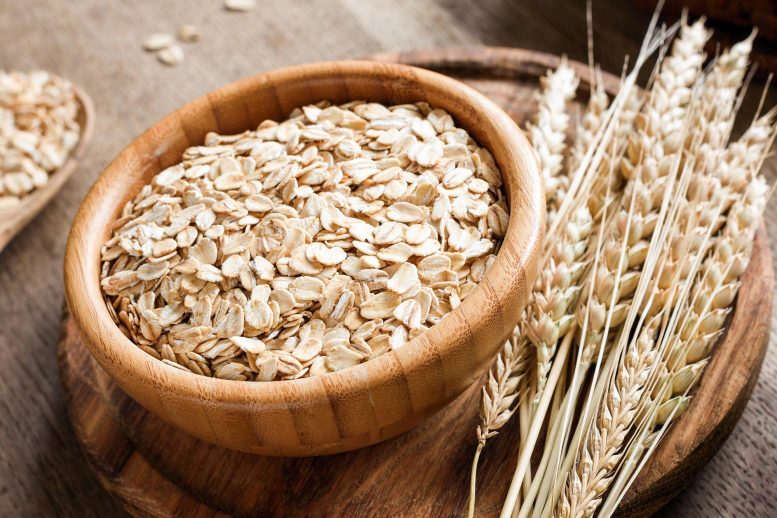
A recent study by the Environmental Working Group found chlormequat, a pesticide linked to health risks in animals, in 80% of participants, indicating widespread exposure through oat consumption and raising questions about its impact on human health.
A study by the Environmental Working Group found chlormequat, a pesticide associated with health risks in animals, in 80% of participants, highlighting the need for regulatory oversight and further research on its impact on human health.
A new Environmental Working Group peer-reviewed study has found chlormequat, a little-known pesticide, in four out of five people tested. Because the chemical is linked to reproductive and developmental problems in animal studies, the findings suggest the potential for similar harm to humans.
EWG’s research, published February 15 in the Journal of Exposure Science and Environmental Epidemiology, tested the urine of 96 people for the presence of chlormequat, finding it in 77 of them.
“EWG’s new study on chlormequat is the first of its kind in the U.S.,” said EWG Toxicologist Alexis Temkin, Ph.D, lead author of the study. “The ubiquity of this little-studied pesticide in people raises alarm bells about how it could potentially cause harm without anyone even knowing they’ve consumed it.”
Some animal studies show chlormequat can damage the reproductive system and disrupt fetal growth, changing development of the head and bones and altering key metabolic processes.
This research raises questions about whether chlormequat could also harm humans.
Increasing Exposure and Regulatory Concerns
For its study, EWG sourced urine samples collected between 2017 and 2023 from 96 people in the U.S. and tested them for chlormequat at a specialized lab in the United Kingdom.
The tests found chlormequat in the urine of more people and at higher concentrations in samples collected in 2023, compared to earlier years – suggesting consumer exposure to chlormequat could be on the rise.
Environmental Protection Agency regulations allow the chemical to be used on ornamental plants only – not food crops – grown in the U.S.
But since 2018, the EPA has permitted chlormequat on imported oats and other foods, increasing the allowed amount in 2020. Both regulatory changes took place under the Trump administration. Many oats and oat products consumed in the U.S. come from Canada.
In April 2023, in response to an application submitted by chlormequat manufacturer Taminco in 2019, the Biden EPA proposed allowing the first-ever use of chlormequat on barley, oats, triticale, and wheat grown in the U.S. EWG opposes the plan. The proposed rule has not yet been finalized.
“The federal government has a vital role in ensuring that pesticides are adequately monitored, studied, and regulated,” Temkin said. “Yet the EPA continues to abdicate its responsibility to protect children from the potential health harms of toxic chemicals like chlormequat in food.”
EWG’s Call to Action
EWG urges the Agriculture Department and the Food and Drug Administration to test foods for chlormequat and requests that the Centers for Disease Control and Prevention add chlormequat to its biomonitoring program. The organization also calls for more research on the effects of chlormequat on human health.
EWG conducted its own tests of oat-based foods in 2022 and 2023, finding chlormequat in numerous non-organic oat-based products. Organic oat products had little to no detections of the chemical.
Reference: “A pilot study of chlormequat in food and urine from adults in the United States from 2017 to 2023” by Alexis M. Temkin, Sydney Evans, Demetri D. Spyropoulos and Olga V. Naidenko, 15 February 2024, Journal of Exposure Science & Environmental Epidemiology.
DOI: 10.1038/s41370-024-00643-4
>>> Read full article>>>
Copyright for syndicated content belongs to the linked Source : SciTechDaily – https://scitechdaily.com/unmasking-chlormequat-toxic-pesticide-found-in-80-of-people-tested/































